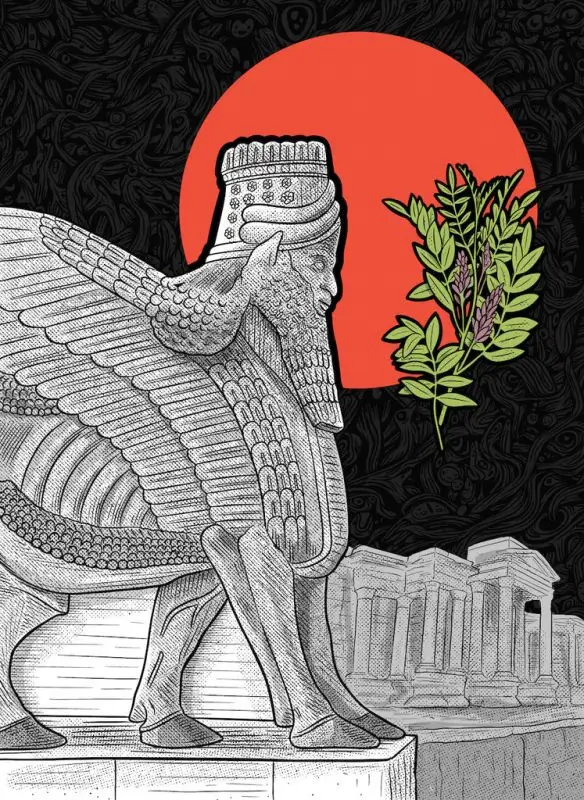02/11/2022

The Delicious History of Licorice
Licorice may be one of the modern world’s most popular confections, so it may not be surprising that it boasts a deliciously ancient history. The earliest references to the licorice root—Glycyrrhiza glabra—date all the way back to 2300 BC, and its genesis was in China. It was said that Emperor Shennong classified more than 300 different medicinal plants, and one of the most important plants he classified was licorice.
Shennong, whose name can be translated as “divine farmer,” experimented with plant remedies, including the use of licorice. His teachings were handed down orally until they were compiled into a book called The Divine Farmer’s Materia Medica, establishing the herbal roots of traditional Chinese Medicine. Shennong himself believed licorice could be used as an antidote to toxins, to reduce aches and pains, and to cure other ailments. In Chinese, licorice is called gan can, which means “sweet herb.”
From China, this medicinal root spread to India, Africa, and Europe. Legend holds that even Brahma, the Hindu god of creation, affirmed its beneficent nature. Ancient Assyrians and Egyptians also thought licorice was good medicine. In ancient Scythia, which today is a region that encompasses Iran and parts of eastern Europe, licorice was cultivated, and by the third century BC, it was imported into Greece.
In the Middle Ages, this graceful plant spread throughout Europe. In Spain, Saint Isador, the bishop of Seville in the sixth century, waxed poetic about this delicious plant in his encyclopedia, and Saint Hildegard von Bingen, the prioress of the Rupertsberg Convent in Germany in the twelfth century, included licorice in her treatise on medicines. In the thirteenth century, licorice impressed Mohammed Abdallah Ben Ahmed Dhialeddin Ibn Albaithar, who made special mention of it in his book of botany.
Though licorice had been widely used in herbal remedies and prescriptions for everything from skin conditions to eye conditions, its sweetness lent itself to other uses. In Germany, it was added to beer as well as alcoholic spirits. At the time of the Renaissance, this root became a prevalent addition to sweets—used as a flavoring for bread and other baked goods. And over in England, licorice became the candy we know and love today.
Source: https://licorice.com/blogs/news/the-delicious-history-of-licorice
